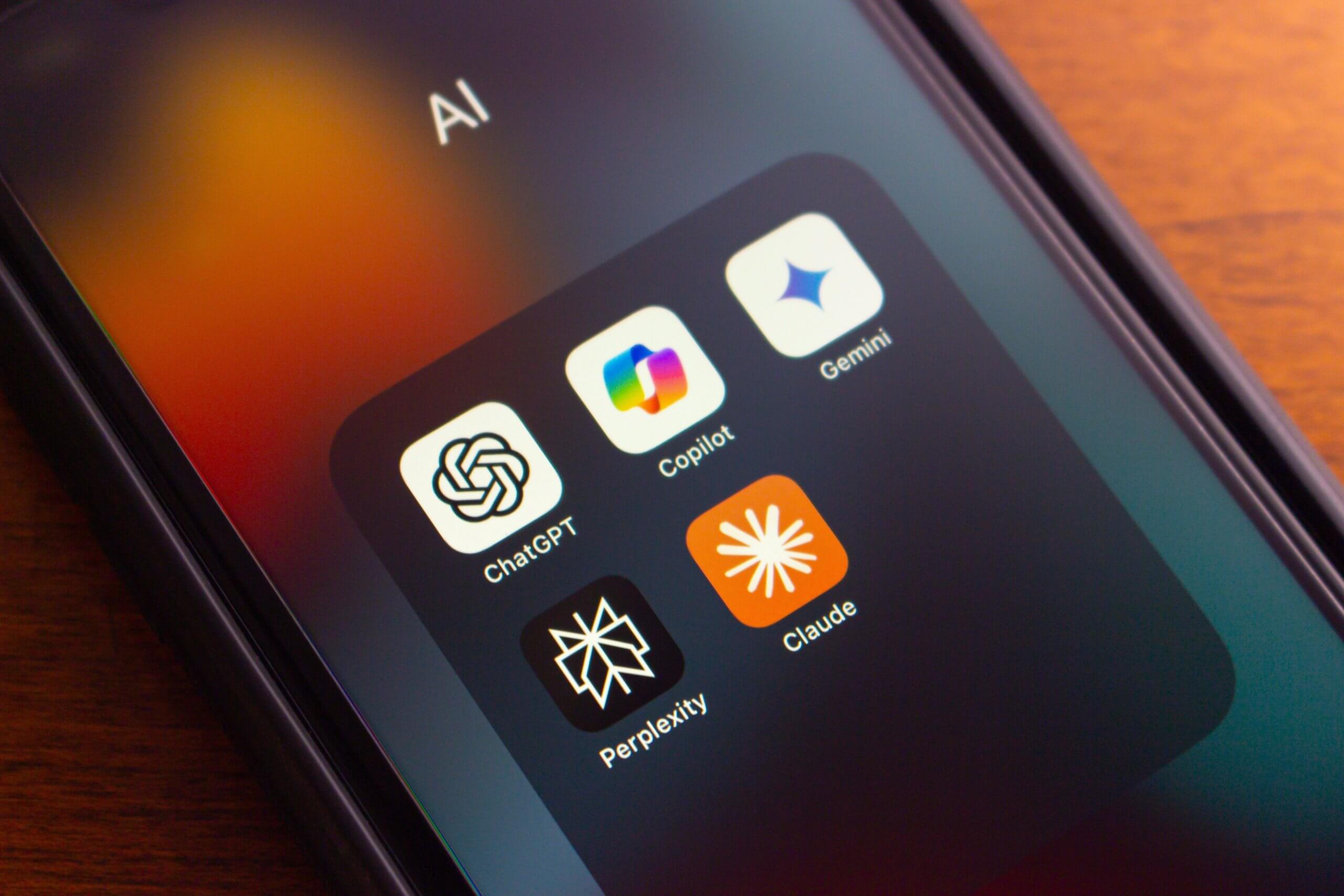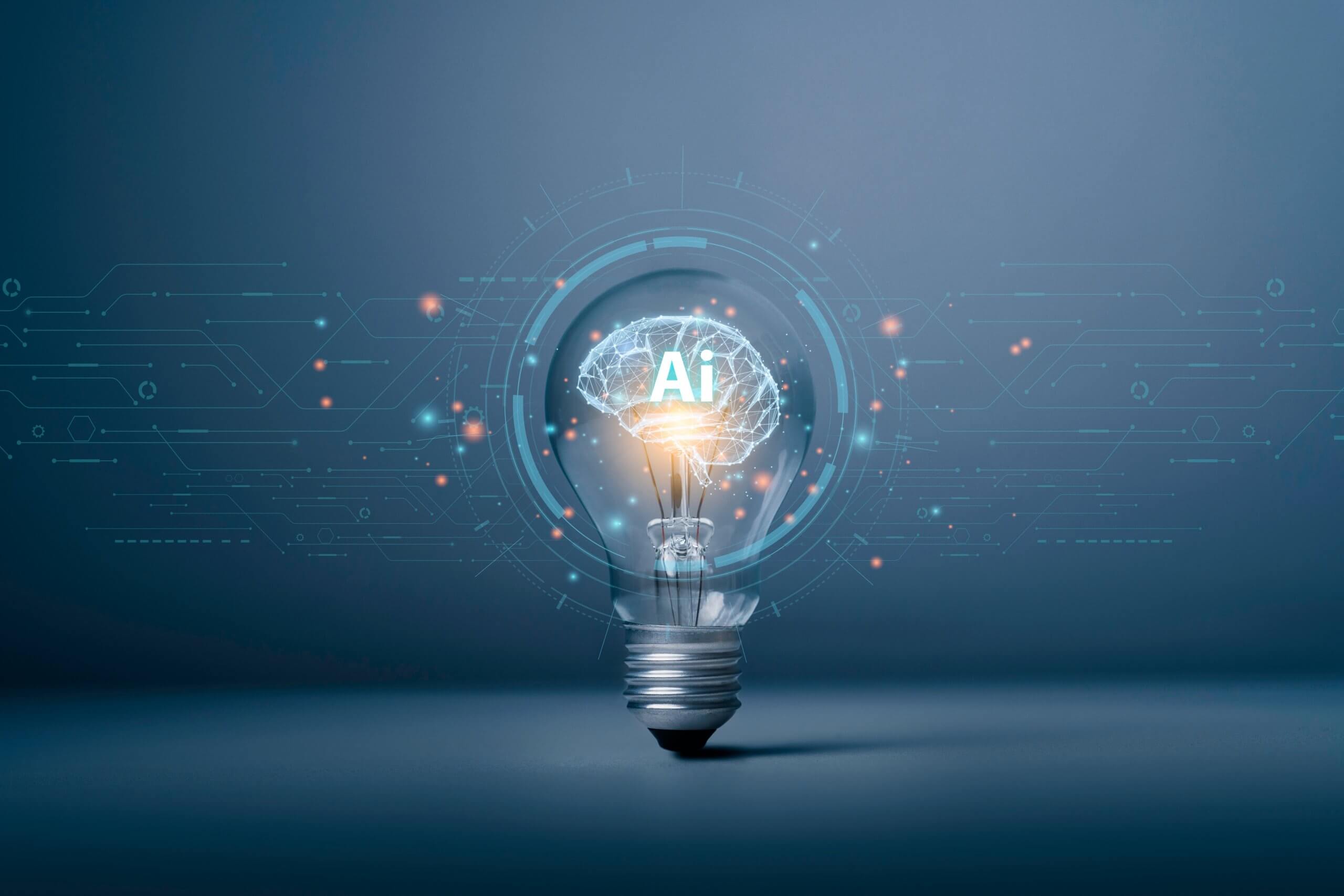Impact of AI on Workforces

Neil Reichenberg is the former executive director of the International Public Management Association for Human Resources (IPMA-HR). He worked for IPMA-HR, for almost four decades until his retirement in June 2020. He is an adjunct instructor at George Mason University teaching a graduate public human resource management class, writes a twice monthly public policy/legal column for the Human Resource Certification Institute, and speaks on human resource issues.
Organizations are implementing artificial intelligence (AI) solutions at an increasing speed. Recent reports have suggested that AI will have a substantial impact on the workforce, although there is a lack of agreement as to its extent. A report by Goldman Sachs predicts that two-thirds of jobs in the US and Europe are “exposed to some degree of AI automation and a quarter of all jobs could be performed entirely by AI.” Dario Amodei, CEO of Anthropic, a creator of AI, has stated that AI could eliminate half of all entry-level white-collar jobs. The World Economic Forum’s latest Future of Jobs Survey found that 41% of employers plan to downsize their workforce with AI taking over these functions.
AI will also lead to the creation of new jobs. The New York Times magazine devoted the June 22, 2025, issue to AI and one article predicted that some new jobs that may be created by AI might have titles such as AI auditor, AI translator, AI integrators, AI assessors, AI personality director, and consistency coordinator.
MissionSquare Research Institute released in June 2025 the results of a survey of state and local government employees concerning AI in the workforce. Among those state and local employees who are using AI, the overall results have been positive. Half report that using AI has either significantly or somewhat increased the quality of services provided. While 46% say it has had no impact, only 4% reported a negative impact. Similarly, 53% say AI has had a very positive or somewhat positive impact on productivity with only 4% reporting a negative impact. Survey respondents report that their communities have responded positively to AI with 65% being either very or somewhat satisfied and only 9% somewhat or very dissatisfied.
The MissionSquare survey results are similar to those found in other surveys. For example, Slack’s latest Workforce Index of 5,000 global desk workers found that “AI has emerged as a clear competitive advantage. Workers who use AI daily prove to be 64% more productive and 81% more satisfied with their job than colleagues not using AI.”
As a cautionary note, new research from the Upwork Research Institute found that workers who are the most productive with AI are also the most burned out and disconnected from organizations and their coworkers. The research found that almost 90% of these workers report burnout and are twice as likely to quit. Additionally, 67% trust AI more than their coworkers and 64% have a better relationship with AI than their coworkers.


One certainty is that change is occurring in the workplace due to AI and whenever there is change, workers will become anxious.
NEIL REICHENBERG
Deloitte issued its Government Trends 2025 report discussing delivering on the jobs of the future. The report states that the “emergence of artificial intelligence signifies a transformative era for public service delivery.” The report notes that:
As rapid technological shifts create new roles while disrupting existing ones, the challenge of preparing workers for tomorrow’s economy is increasingly urgent. With AI and automation reshaping the employment landscape, it’s important to closely align workforce development with rapidly evolving market demands.
Many organizations are going to face skills gaps and need to develop strategies about how to address them. A global People Readiness Report 2025 issued by Kyndryl that is based on a survey of 1,100 leaders and senior decision makers explored whether organizations are ready for AI. The report found that about 1/3 of organizations don’t understand the skills employees will need in the future nor do they know how to manage current skills gaps. Reskilling their current workforces to implement AI is planned by three quarters of leaders rather than hiring new employees. However, less than 40 percent of leaders are taking actions such as hosting reskilling programs, developing coaching programs or providing access to external AI certifications or training courses.
The use of AI may increase liability for employers. For example, Workday is being sued by a group of applicants who claim that their job applicant screening tool discriminates against older applicants in violation of the Age Discrimination in Employment Act. The plaintiffs claim they applied to hundreds of jobs and were rejected each time due to what they characterize in their lawsuit as a system that “disproportionately disqualifies individuals over the age of forty from securing gainful employment.” The case is in a preliminary stage and Workday believes that the case is without merit and is “confident that once Workday is permitted to defend itself with the facts, the Plaintiff’s claims will be dismissed.”
One certainty is that change is occurring in the workplace due to AI and whenever there is change, workers will become anxious, morale will decline, and employee engagement will suffer. Transparent, honest, and regular communication is crucial. The MissionSquare report concluded:
As employers move beyond their preliminary use cases into more sophisticated applications the need for training and review of the AI results will grow more acute. Likewise, the concerns that employees are already starting to voice about how their jobs might change drastically or even be eliminated will need to be addressed in an up-front manner so employers can maintain morale and ensure the training, development, and retention of staff.
Most organizations recognize that their employees are their most valuable asset. Governments need to ensure that their employees are treated with empathy and respect. If jobs are going to be impacted, develop a plan to minimize the disruption to employees.
It’s important that employees trust leadership to be transparent and honest with them about how AI will be implemented and its goals. Share positive results and acknowledge challenges. If possible, include employees in the implementation process. Identify skills gaps and develop a plan as to how they will be addressed. Develop a comprehensive communications strategy that ensures regular updates and encourage employee feedback. It’s hard to overcommunicate during a change process.
Want new articles before they get published? Subscribe to our Awesome Newsletter.

CAREER ADVICE

GOV TALK



